Vintages - Old World Classics and their New World Contemporaries
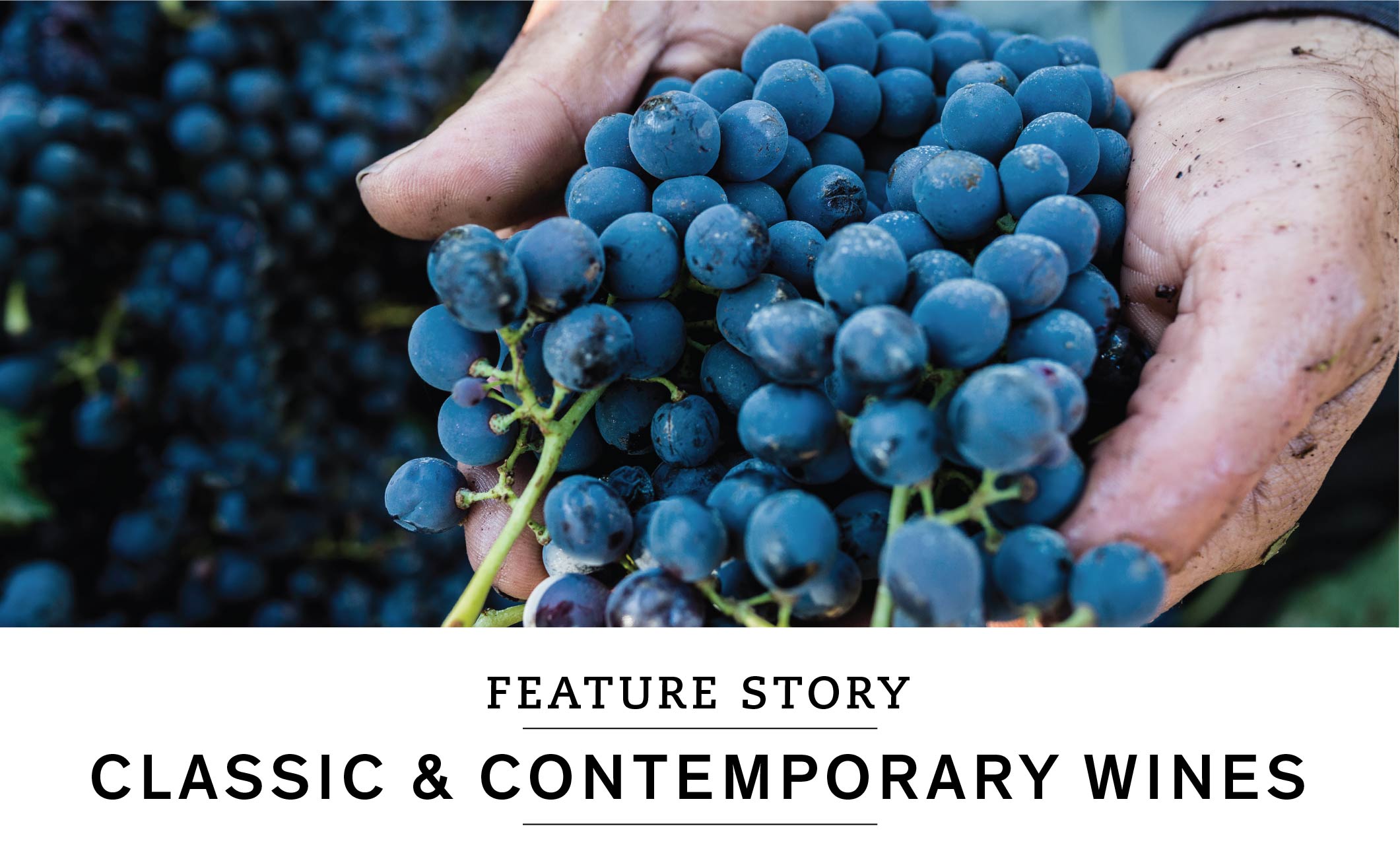
Old World Classics and their New World Contemporaries
(4 min. read)
Born and bred in Europe, some of the wine world’s best-known and best-loved grapes journeyed to faraway shores and set down roots, creating a new world of benchmark expressions.
As Europeans migrated across the world, they brought their favourite grapes with them, unearthing new and interesting characteristics and expressions in their adopted homes. Over time, these relocated grapes evolved to make a name for themselves and become unique benchmarks of their own. Whether you’re a fan of New or Old World wines, many of your favourites have a doppelganger. Exploring where your favourite wine has come from, or where it has gone, can be great fun. Here are a few examples to start your journey.
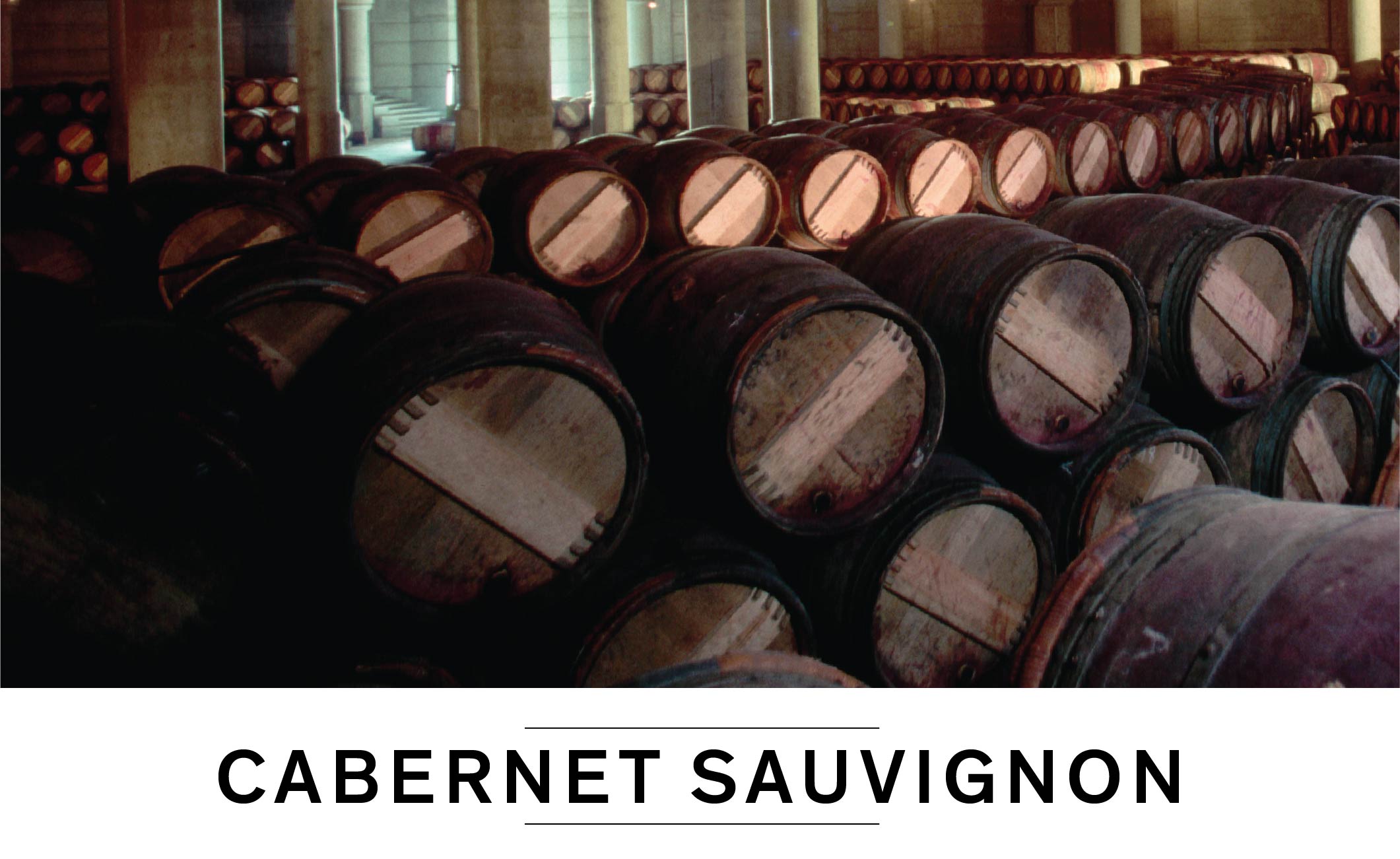
The King of Grapes
Cabernet Sauvignon, the king of grapes, is a late-ripening variety that emerged in Bordeaux through the unintentional crossing of Sauvignon Blanc and Cabernet Franc, in the 17th century. Cabernet is particularly suited to gravelly soils such as those found in the Haut-Médoc, where it’s blended with the earlier-ripening Merlot. These wines are structured and firm, with fresh acidity, blackcurrant and toasted oak, and can age for decades. In California, the consistent sunny, warm conditions mean that vintage variation is less of a dramatic concern than it is in Bordeaux, and so single-varietal Cabernet is more common. California Cabs are ripe, powerful, complex wines with intense cassis flavours.

In the 1990s, Primitivo and Zinfandel were shown to share identical DNA.
Puglia, in the southeast corner of Italy’s “boot,” has ample sunshine, a Mediterranean climate, and cool ocean breezes that provide the grapes relief from the daytime heat. Zinfandel was introduced to North America in the 19th century and became an immediate success in sunny California. Similar to Puglia, Lodi also experiences ocean influence thanks to San Francisco Bay, which offers a natural break in California’s Coastal Mountains through which ocean breezes can reach far inland, allowing the wines to ripen fully while maintaining freshness. Both styles share a robust structure and bold, spicy fruit.
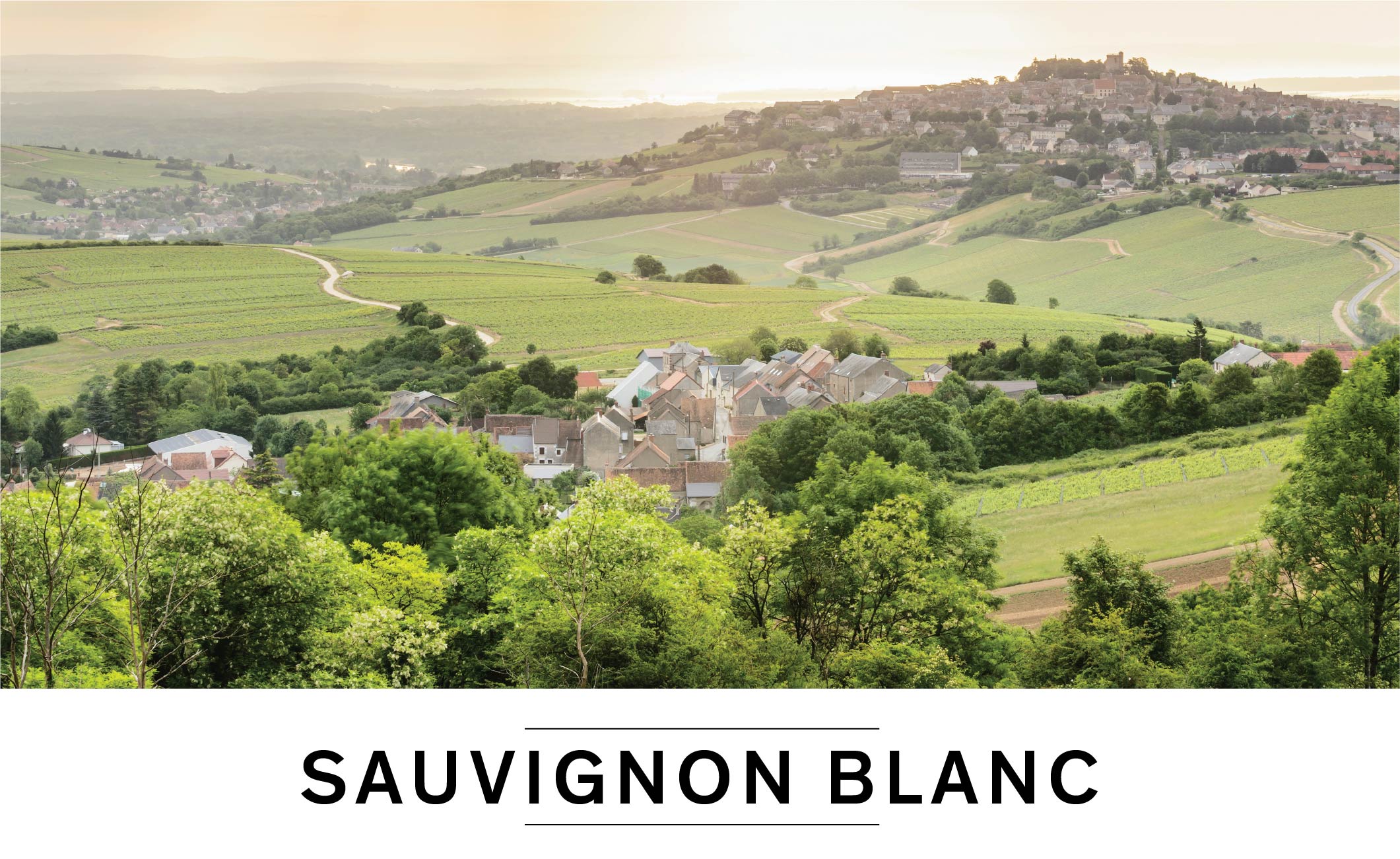
Sauvignon Blanc is grown across the world, but the polar-opposite examples crafted in France’s Loire Valley and New Zealand’s Marlborough region are easily the most important and treasured.
In the Loire, Sauvignon Blanc reflects a striking purity, vibrant acidity, bright and upfront fruit flavours and a stony minerality. The finest examples come from Sancerre, famed for its gunflint notes; and Pouilly-Fumé, with its smoky-spice character. Marlborough redefined the style in the 1980s and ’90s, exploding onto the wine scene and becoming a world-class wine region virtually overnight. The key difference between the two styles is the intensity with which Marlborough reveals Sauvignon Blanc’s signature grass and asparagus notes.

Pinot Noir can reflect even the most subtle variations in terroir, producing markedly different wines from neighbouring plots.
The most famous expressions come from the limestone-based soils of Burgundy, where the grape has been cultivated for thousands of years. Burgundy is a mosaic of small parcels of land, graded and ranked in terms of the quality and style of the wines they produce. Oregon’s climate is similar to Burgundy, and the style of Pinot produced here has earned many comparisons to the famous French region. Oregon’s volcanic soils produce elegant, poised, ageable, terroir-driven Pinot Noirs whose cherry, earth and spice notes echo the very soul of Burgundy.
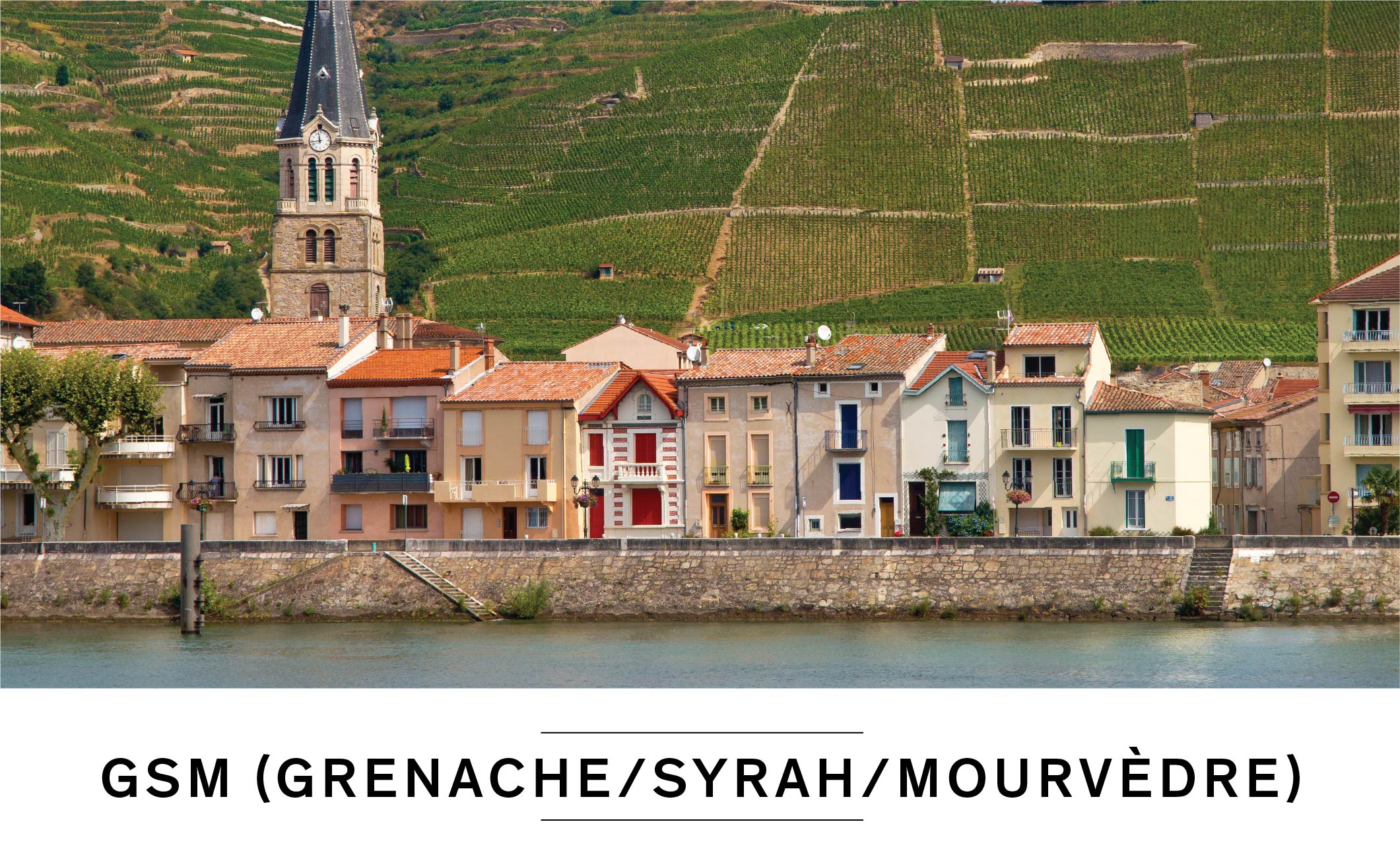
Grenache is the foundational grape for the Southern Rhône’s red blends.
Grenache has great tolerance for drought and wind and requires considerable heat to ripen properly; ideal traits for the Southern Rhône, where Grenache is the foundational grape for the region’s red blends. Its concentrated spicy red fruit is most often blended with Syrah and Mourvèdre (a.k.a. Mataro in Australia), the former adding black pepper spice and structure and the latter imparting colour, tannin and savoury earth notes. Australia has the oldest plantings of Grenache and Shiraz (Syrah) in the world, and here, Shiraz typically takes the lead. These SGM wines tend to have a more fruit-forward nature, with additional notes of chocolate and vanilla from oak ageing, than do their French counterparts.
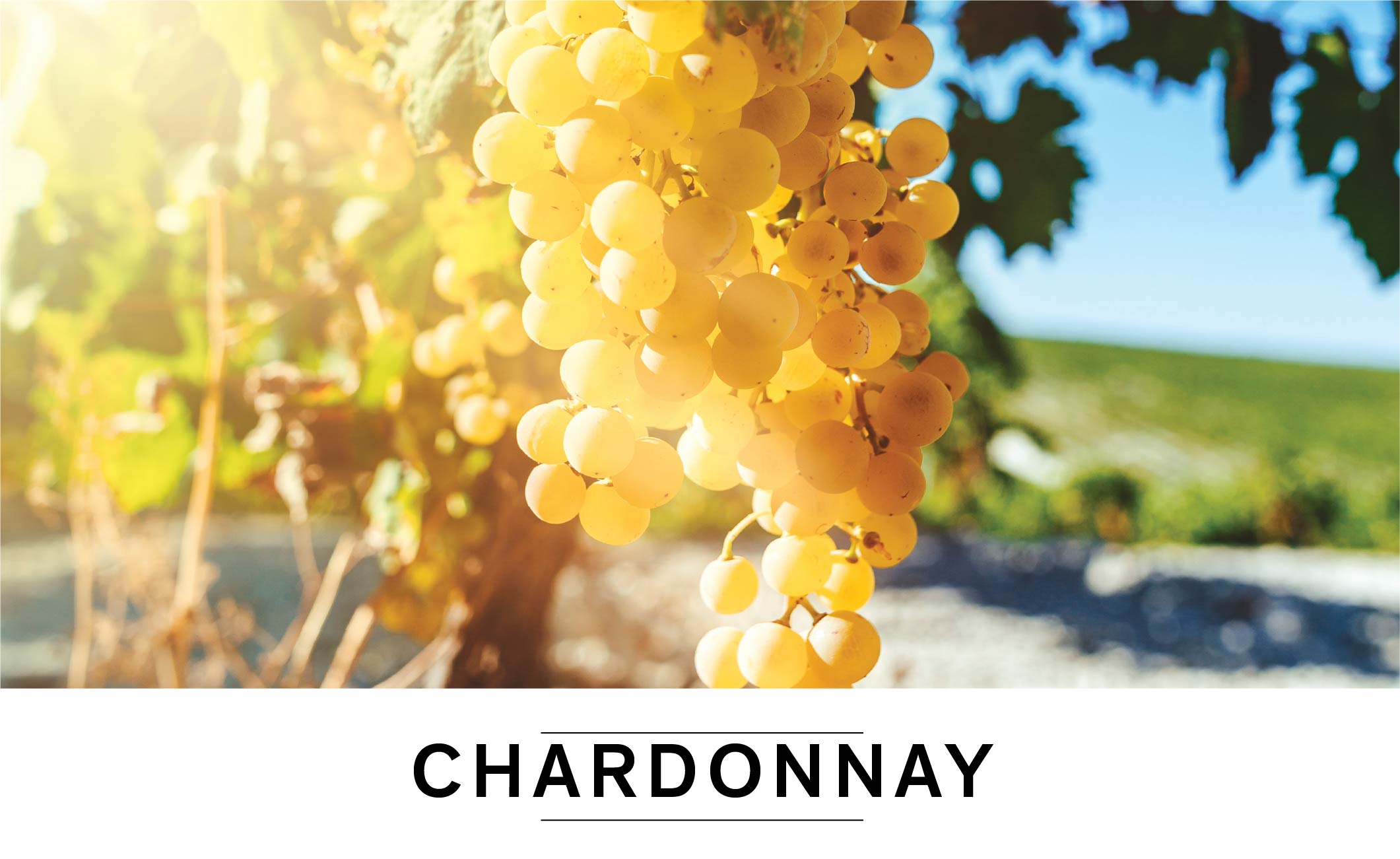
Chardonnay is responsible for the great white wines of Burgundy, but it’s truly a global phenomenon and is grown virtually everywhere wine is made.
Chardonnay can vary dramatically in style from steely, light-bodied, high-acid wines with pear and apple notes in cooler climates to full-bodied, creamy wines with exotic tropical notes such as mango and banana in warmer regions. Chablis is the gold standard for crisp, cool-climate, mineral-inflected Chardonnay. California is most often associated with full-bodied, richly oaked Chardonnay, but the impact of cooling ocean breezes and fogs means that California’s Chardonnays retain a fresh, vibrant character.
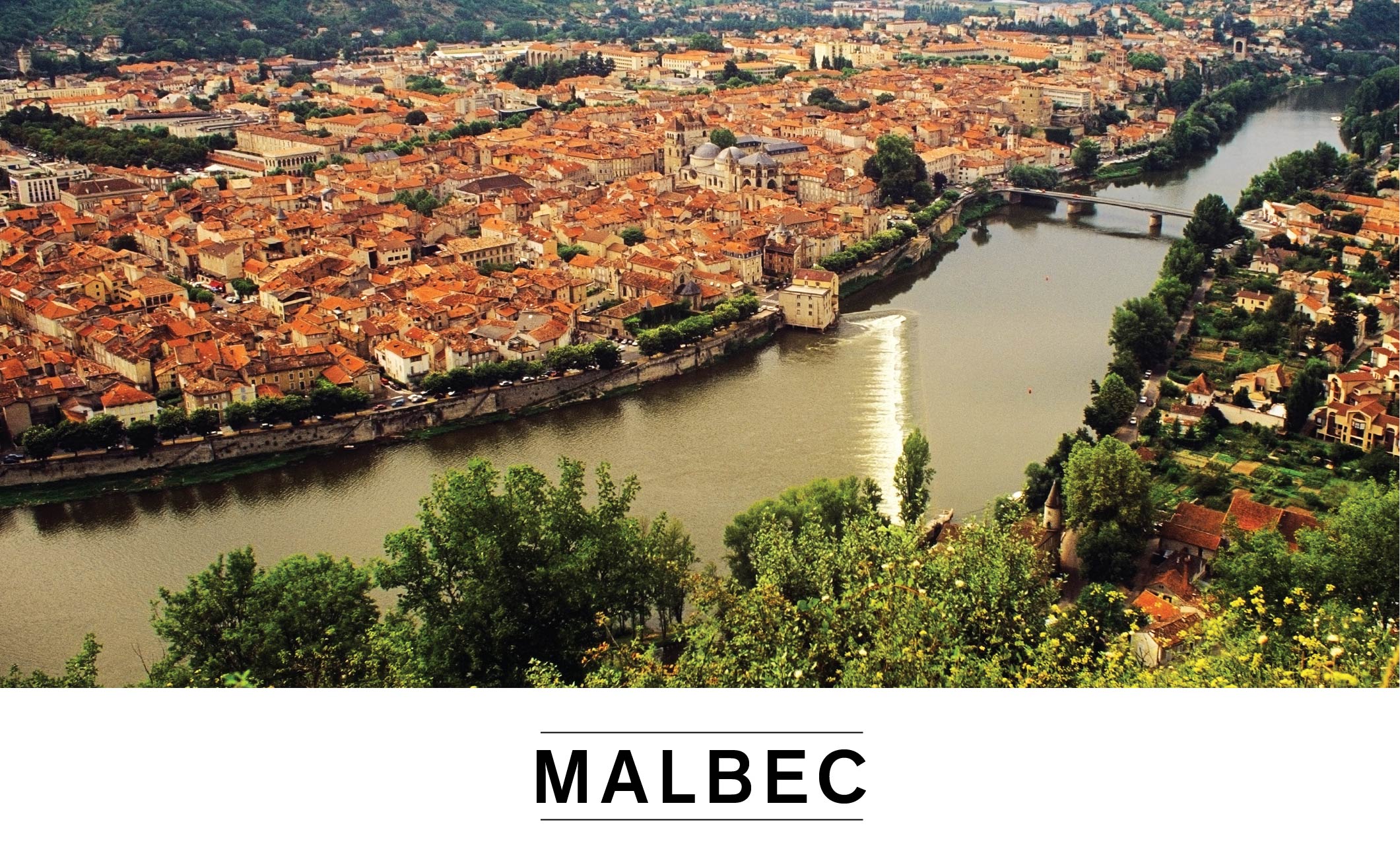
For many, Malbec immediately conjures images of the high-altitude vineyards of Argentina, where it’s the signature red grape.
The association’s not wrong, but you might be surprised to learn that the variety is native to Cahors in France’s southwest. Sometimes referred to as Côt or Auxerrois, Malbec from Cahors is often blended with Merlot and Tannat and has a very dark colour, with black fruit, spice, herb and meat notes. These wines also tend to be leaner and more tannic than those from Argentina. In the famous high-altitude vineyards of Mendoza, the grape produces riper, juicier wines, but the concentration and intensity found in Cahors remains.
Get our Latest News!
Be the first to hear about new arrivals, special offers, virtual events and more.
Get to Know Us!
Everything we are in a nutshell.

